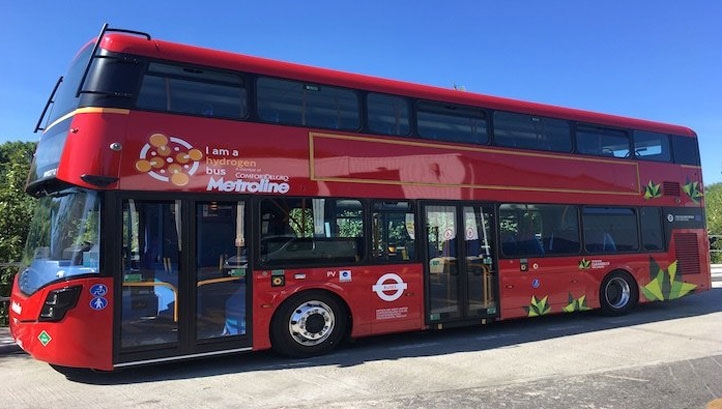In what is professed to be a first for England, a flotilla of 20 new hydrogen multi-level buses are being dispatched in London this week.
The vehicles, manufactured by Wrightbus, will be utilized on the number 7 course, which runs between East Acton and Oxford Circus. They are classed as zero-discharge. Such transports are now inactivity in Aberdeen and will before long be carried out in Bristol.
Hydrogen used to fuel the new London transports is being created at Air Liquide’s office in Runcorn, Cheshire, which cycles squander hydrogen from the modern compound industry. From 2023, the service will be conveyed over to create just green hydrogen – a term used to delineate hydrogen delivered utilizing electrolysis controlled by indefatigable power.
Transport for London’s (TfL) other colleagues for the new hydrogen armada are Luxfer, which is fabricating has chambers, and Nel Hydrogen, which has introduced a refueling station at the Perivale transport warehouse in Ealing. Each transport should refuel once per day. for further information, Visit our website
TfL’s overall reasonable transport responsibility is to work just zero-outflow vehicles by 2030. Besides hydrogen, it is putting vigorously in electric models, with more than 500 electric transports right now inactivity. Any remaining transports have been retrofitted to meet the Euro VI discharges standard.
London may have one of the cleanest bus formations in Europe, but we need to continue to act now to tackle environment change and the city’s toxic air condition,” TfL’s interim director of buses Geoff Hobbs said.
This will help Londoners breathe cleaner air.
“Our investment in hydrogen will not utterly advantage London, all obligations considered. Outside the capital, we are supporting positions across the UK and our inclusion with the business across Europe is making cleaner energizes more moderate to urban areas all over Europe.”
Financing for the 20 new hydrogen transports has been together given by TfL, the UK Government’s Office of Zero-Emission Vehicles, and two European bodies – the Fuel Cells and Hydrogen Joint Undertaking, and the Innovation and Networks Executive Agency (INEA).The total cost stands at around £12m.
According to a recent Bloomberg Intelligence report globally, hydrogen will account for 25% of final energy consumption in road transport by 2050.
London is only one of a few UK urban areas to have added hydrogen transports to move techniques: The UK Government’s arrangement for bringing all towns and urban communities along is the refreshed National Bus Strategy. First distributed in March, the Strategy will bring about a restriction on new diesel transport deals, with meetings in progress in regards to the proper course of events and different measures that should be taken to help transport makers and administrators. English constructed electric and hydrogen transports are promoted in the technique as the option in contrast to diesel.. The Government is aiming to deliver 4,000 such vehicles throughout this Parliament and has previously provided a multi-million-pound innovation funding pot to Wrightbus.to know more about hydrogen buses Click on the link https://www.goodautodeals.com/blogs
While green groups are frequently cautiously optimistic about the new National Bus Strategy, solicitudes remain that the Government’s focus on decarbonizing transport – the UK’s most-emitting sector – is still over-prioritizing privately-owned electric vehicles (EVs). A new report this week from the IPPR concluded that there could be a 28% increase in car ownership across the UK without more funding for public transportation and active transport.
Related posts
Subscribe
* You will receive the latest news and updates on your favorite celebrities!

